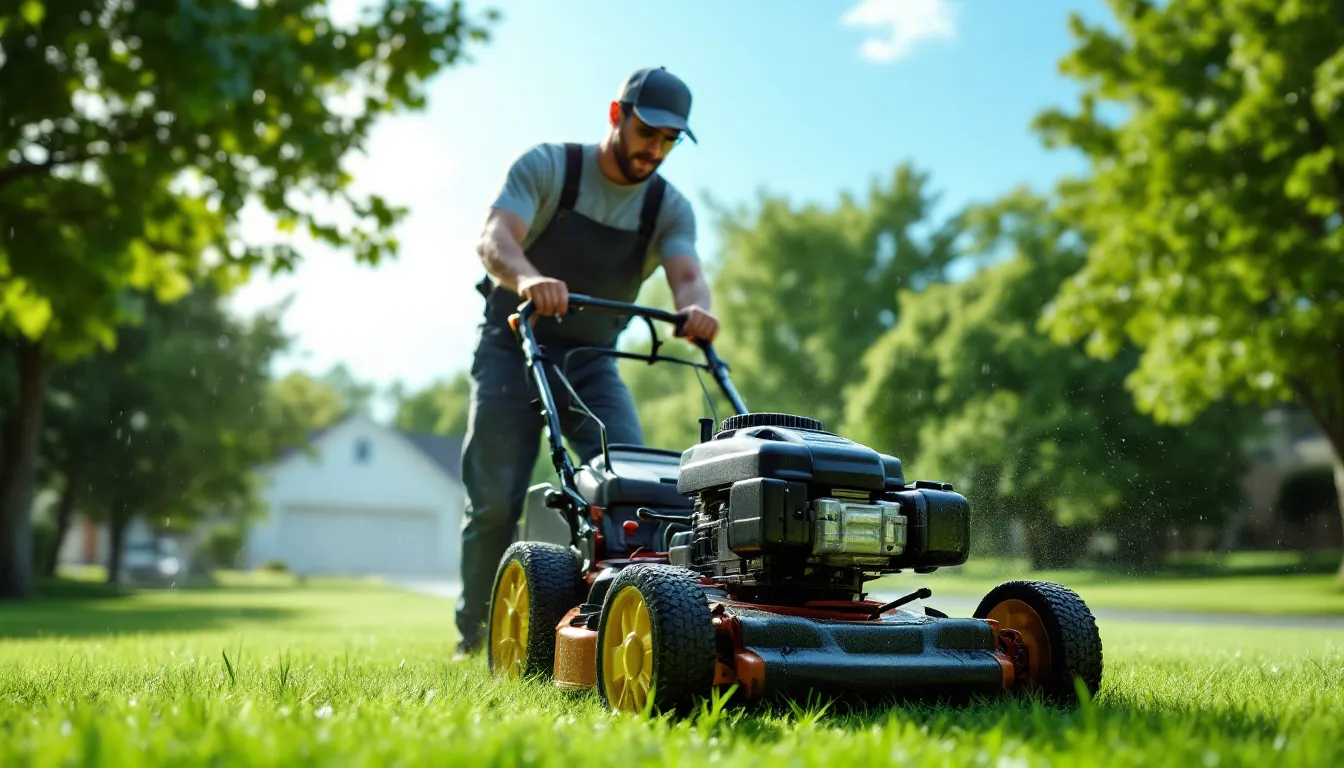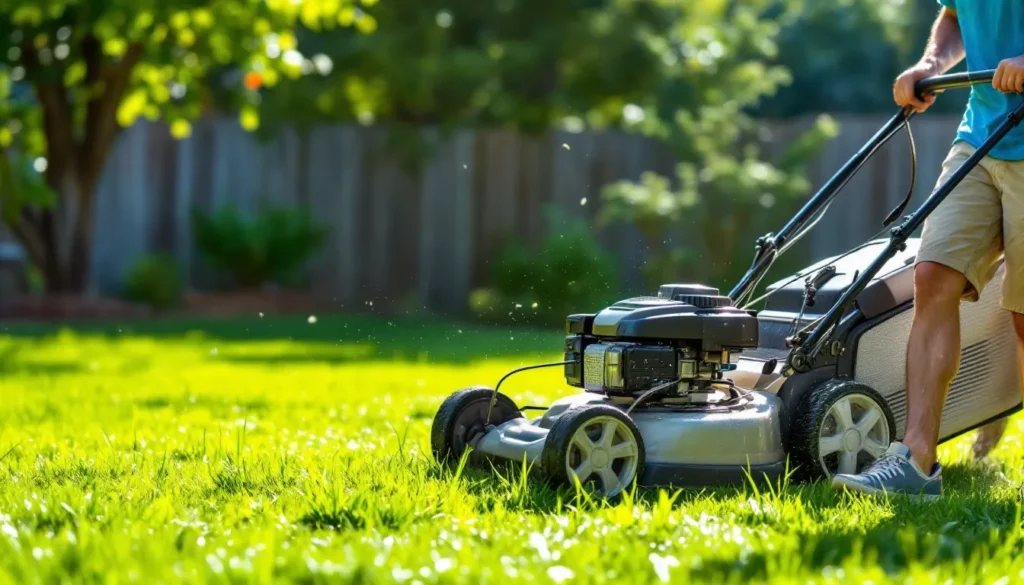Mowing the lawn is a task many homeowners tackle regularly, but what happens when rain disrupts your plans? You might wonder if it’s safe or even effective to mow wet grass. Understanding the implications of mowing under these conditions can save you time and effort while ensuring your lawn stays healthy.
Wet grass poses unique challenges, from clumping and uneven cuts to potential damage to your mower. It’s essential to weigh the pros and cons before firing up the engine. In this article, we’ll explore whether you should mow when the grass is damp and provide tips on how to handle your lawn care effectively, no matter the weather.
Understanding Mowing Wet Grass
Mowing wet grass presents several challenges. It’s essential to understand how it affects mowing efficiency and equipment longevity.
The Effects of Wet Grass on Mowing
Mowing wet grass hinders cutting efficiency. The moisture causes blades to stick together, leading to clumping. Clumps create an uneven appearance on your lawn. Wet grass can also block mower discharge systems, resulting in inefficient cutting. This may require additional time and effort to achieve a clean and uniform cut.
Risks of Mowing When Wet
Mowing in wet conditions poses specific risks. Slipping becomes a concern for both you and your mower. Wet grass increases the likelihood of mower damage. The blades could dull more quickly or bend when tackling soggy turf. Wet soil can become compacted, negatively impacting grass health. Avoiding mowing during wet spells minimizes these risks, ensuring both safety and lawn care effectiveness.
Best Practices for Mowing Wet Grass

Mowing wet grass requires careful consideration to ensure efficiency and maintain lawn health. Implementing best practices can lead to better results and reduce risks.
Timing Your Mowing
Mow later in the day for better results when dealing with wet grass. Morning dew often leads to damp conditions; however, drying typically occurs as the sun rises. Wait until the grass dries out from moisture to minimize issues such as clumping and uneven cuts. If rain has recently stopped, observe weather forecasts and opt for a clear window to mow when the grass feels less soggy.
Choosing the Right Equipment
Choose equipment designed for wet grass conditions to enhance performance. Consider using a mower with high-lift blades, which improve grass discharge and minimize clogging. Additionally, self-propelled mowers provide better traction on slippery surfaces, reducing the risk of slips. Keep your mower blades sharp to ensure clean cuts, even when grass is wet. Regular maintenance also prevents potential mower damage caused by moisture accumulation.
Alternatives to Mowing Wet Grass
Mowing wet grass can lead to several complications. Instead, consider alternatives that minimize damage and maintain lawn health.
Using a String Trimmer
Using a string trimmer allows you to manage grass growth without the complications associated with mowing wet grass. String trimmers effectively handle overgrown areas, edges, and tight spaces where mowers may struggle. This method also reduces the risk of clumping and soil compaction. When using a string trimmer, keep the blade height consistent to ensure an even cut.
Allowing Grass to Dry
Allowing grass to dry before mowing offers significant benefits for lawn care. Grass typically dries faster in the afternoon sun, providing optimal conditions for mowing. Check the forecast for sunny days to ensure your lawn is adequately dry. Waiting for grass to dry enhances mowing efficiency and promotes better cutting performance, resulting in a healthier lawn appearance. It’s advisable to wait at least 2-3 hours after rain for the best results.
Conclusion
Mowing wet grass presents various challenges that can affect both your lawn’s appearance and the longevity of your mower. By understanding the risks involved and implementing best practices, you can maintain a healthy lawn while avoiding potential damage. Timing is essential; waiting for the grass to dry can make a significant difference in your mowing experience.
Consider alternatives like using a string trimmer for overgrown areas if conditions are too wet. Ultimately, prioritizing lawn health and equipment care will lead to a more vibrant yard and a more efficient mowing process. Make informed choices to ensure your lawn thrives no matter the weather.

Hi, I’m Md Rofiqul, a gardening enthusiast who loves spending time in the garden and backyard. I enjoy caring for plants, growing flowers and vegetables, and creating a green space that feels peaceful and refreshing. Gardening is more than just a hobby, it’s a passion that connects me to nature and brings joy to my daily life. Living with plants inspires me to embrace simplicity, patience, and sustainability while making every day more colorful and rewarding.
